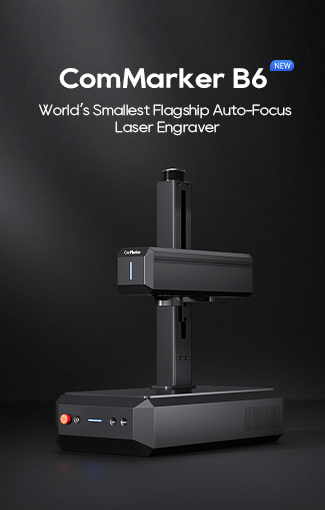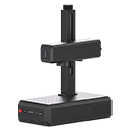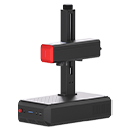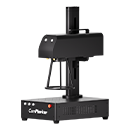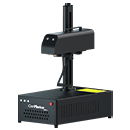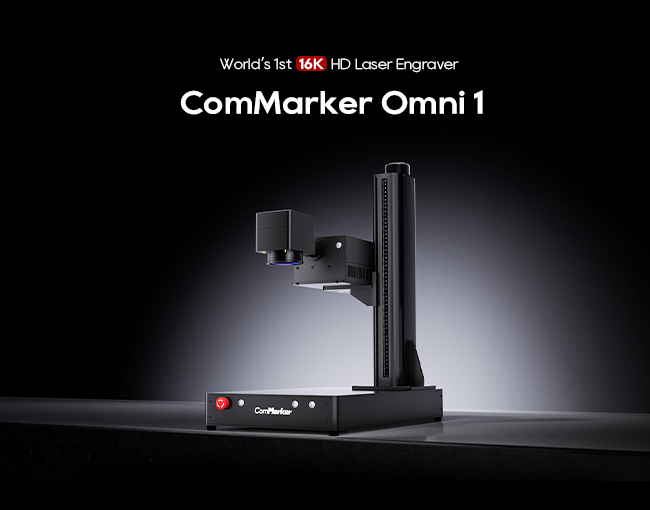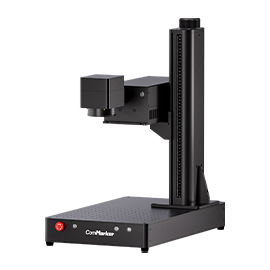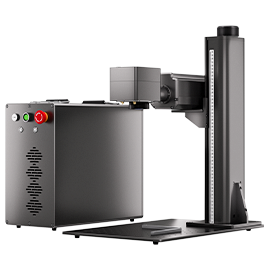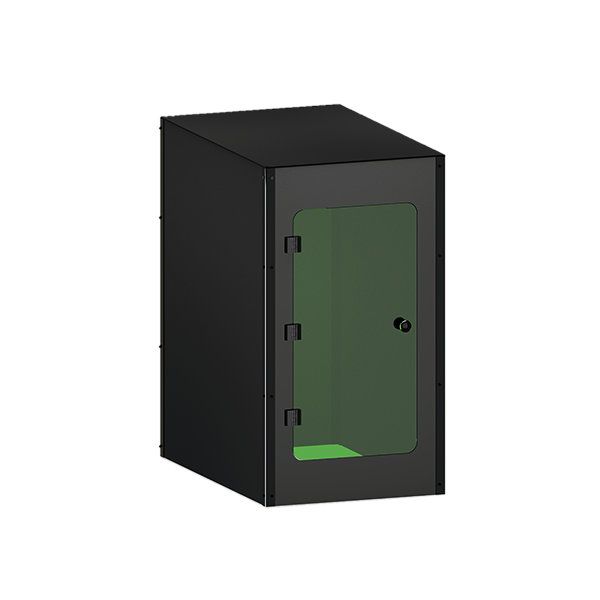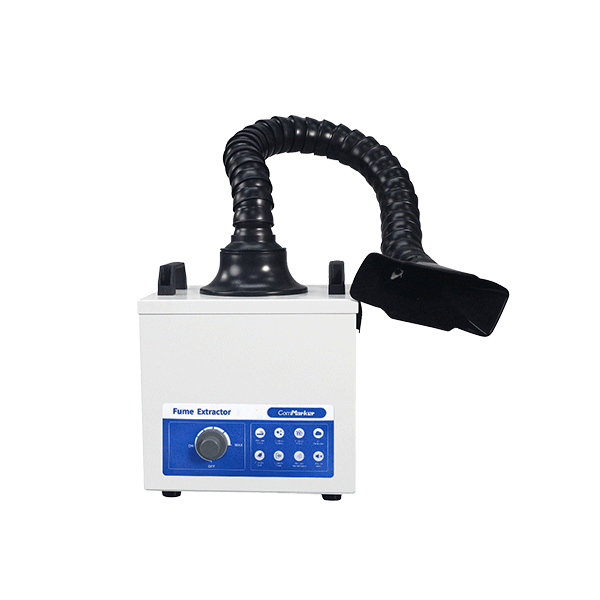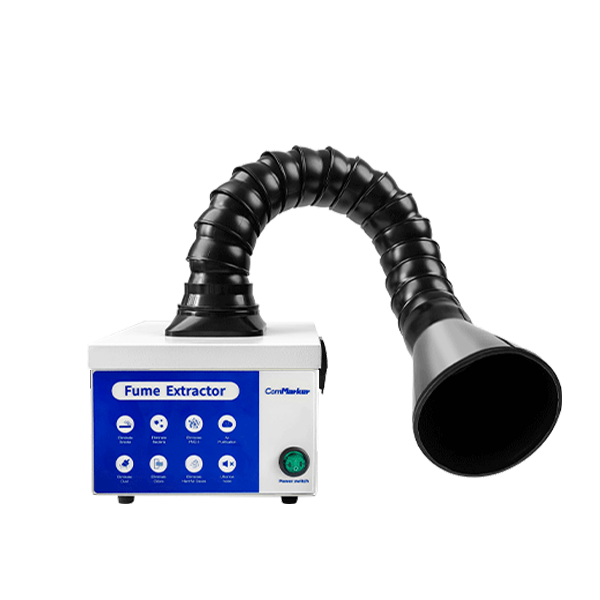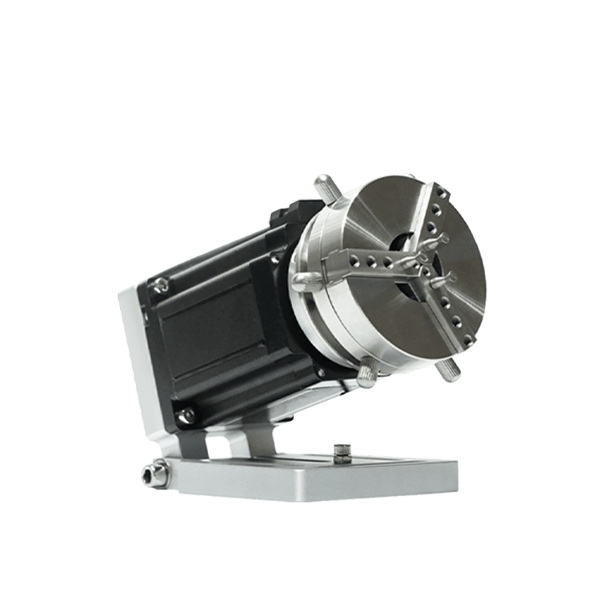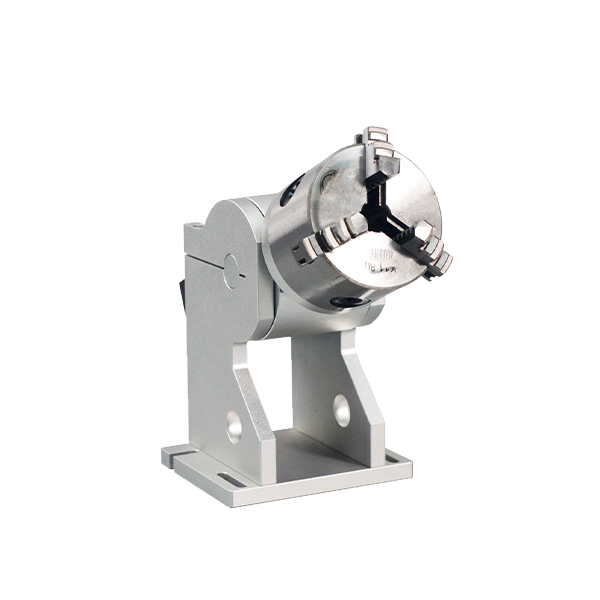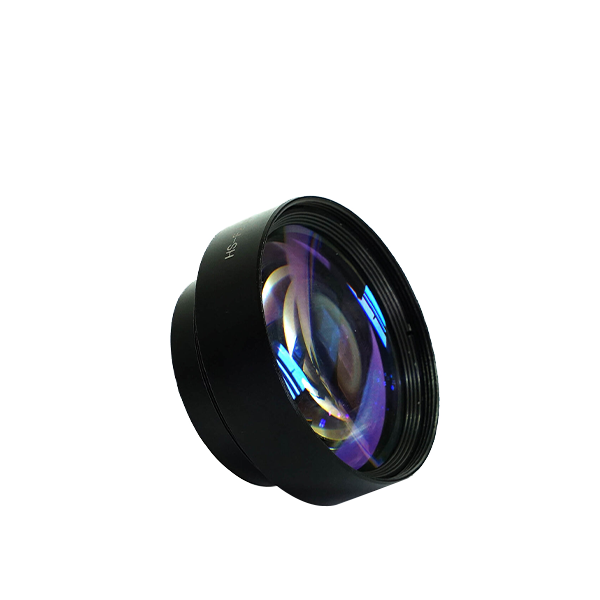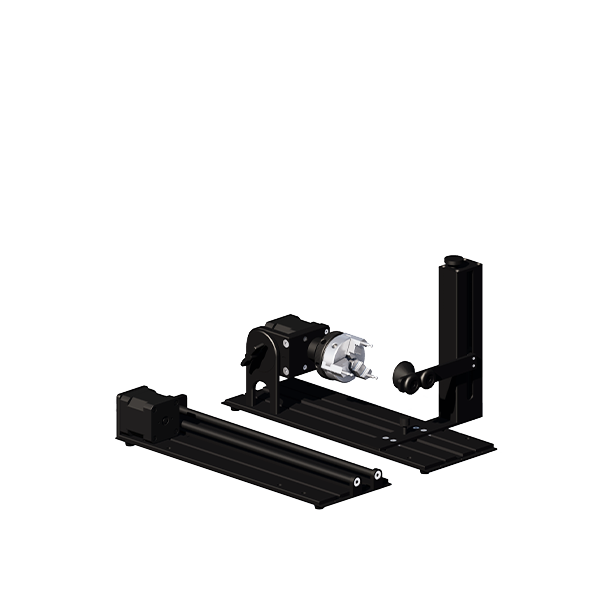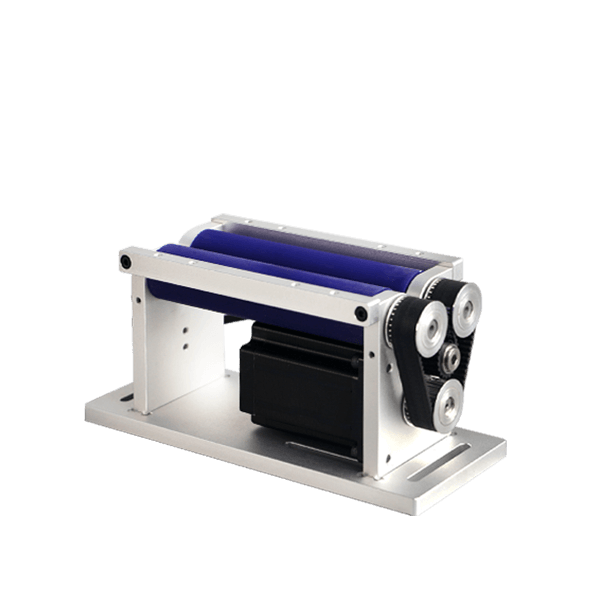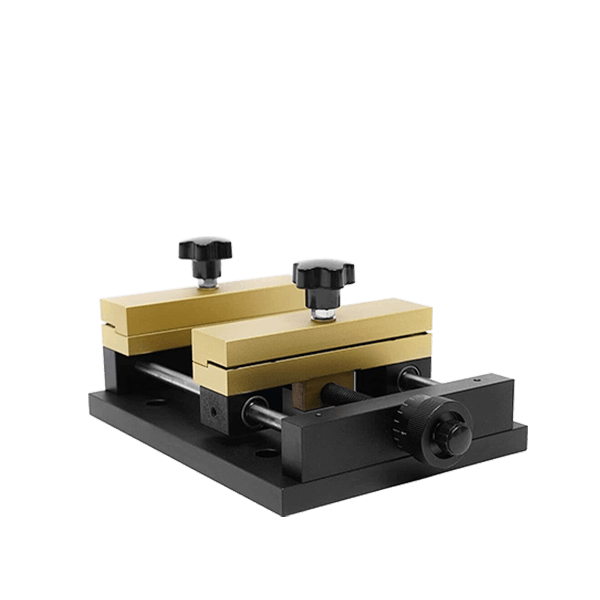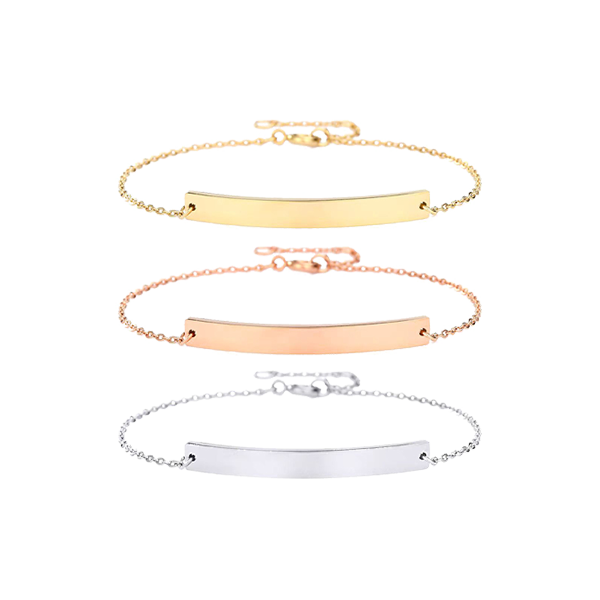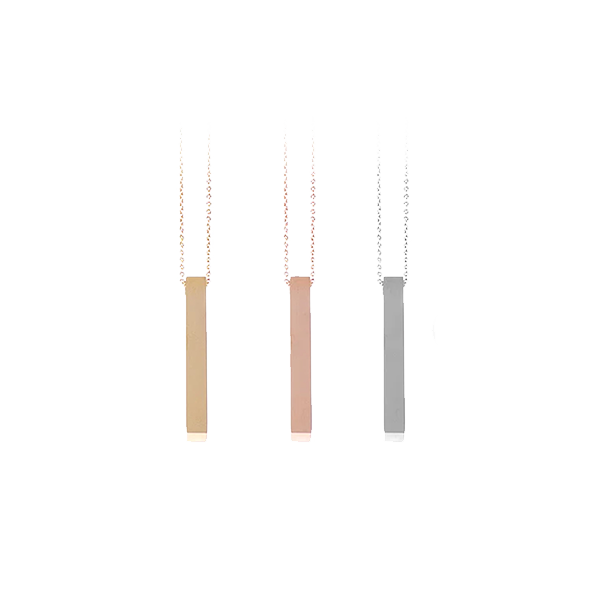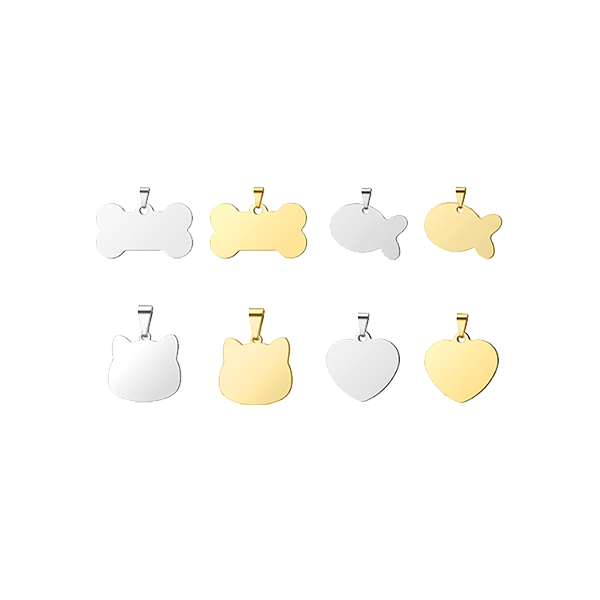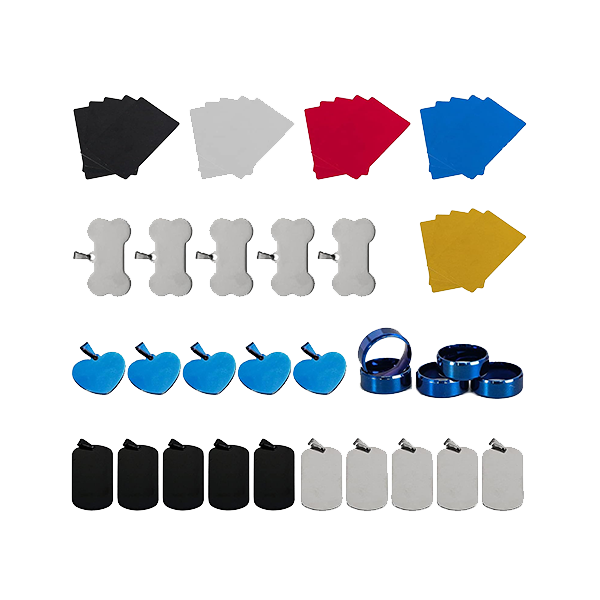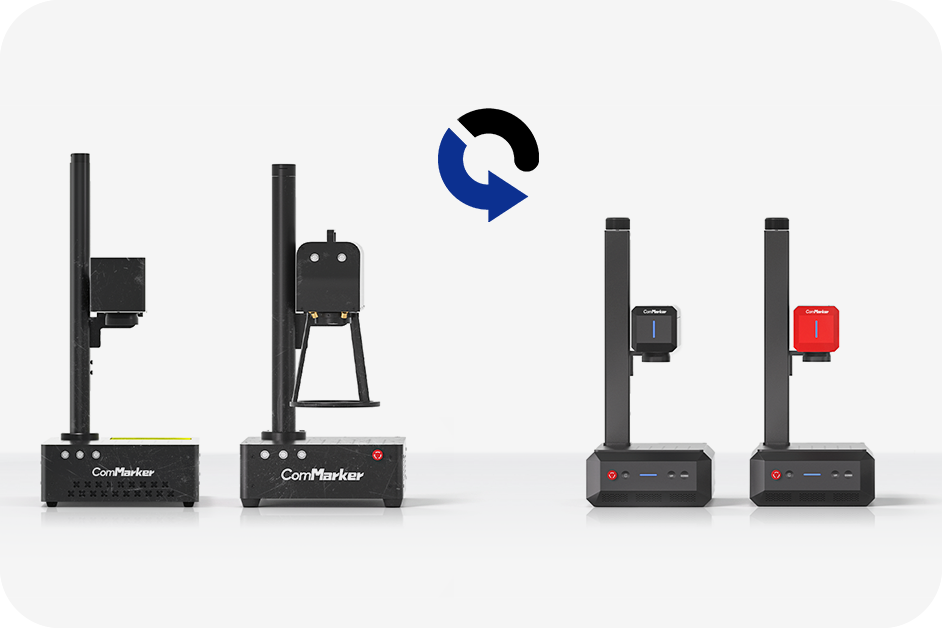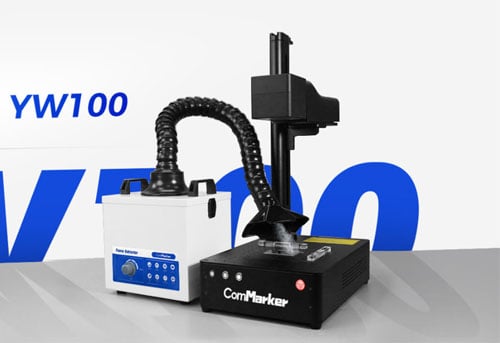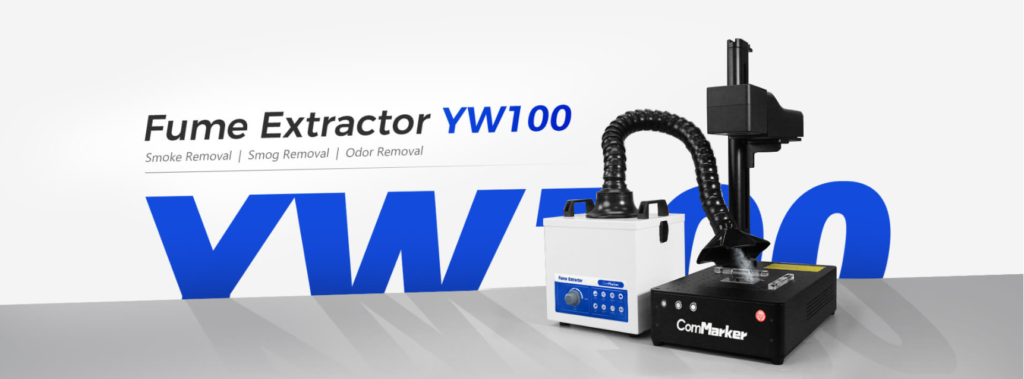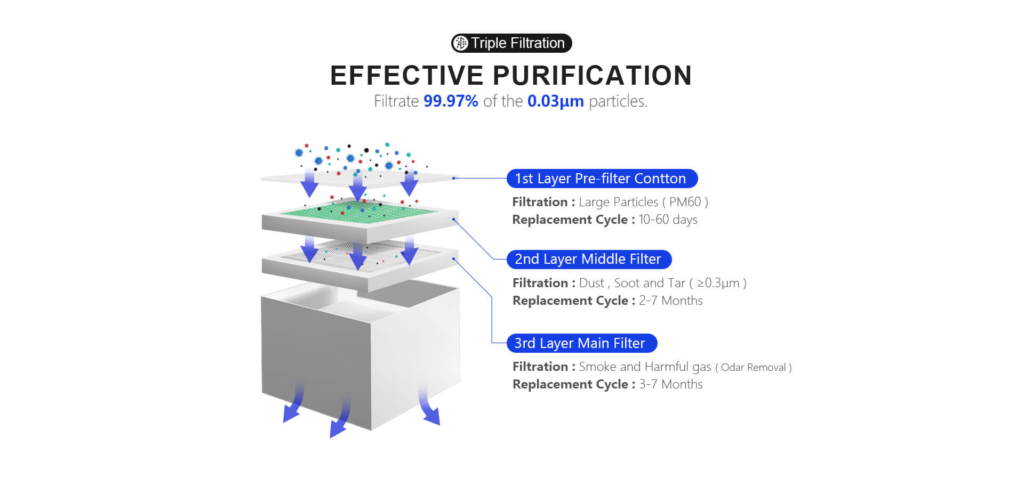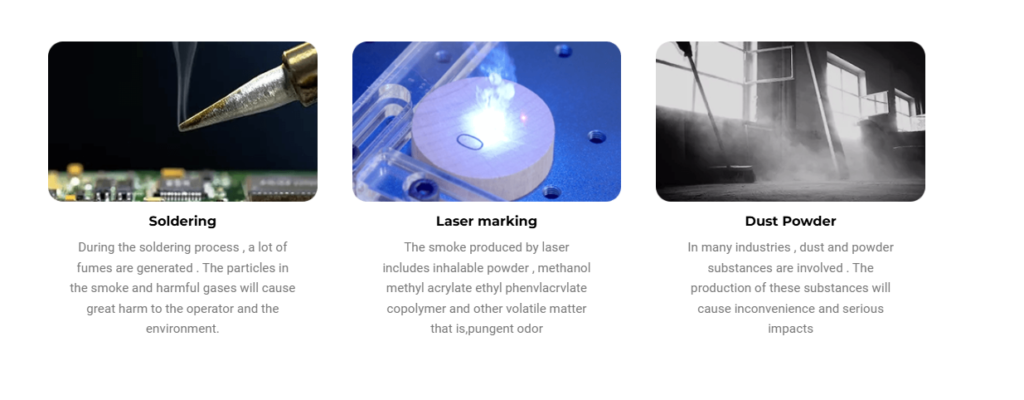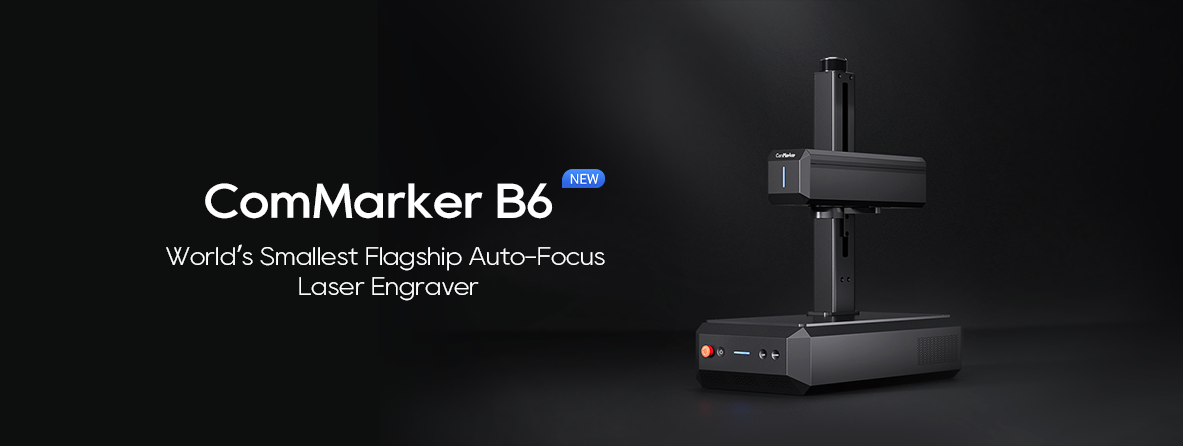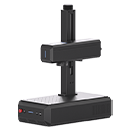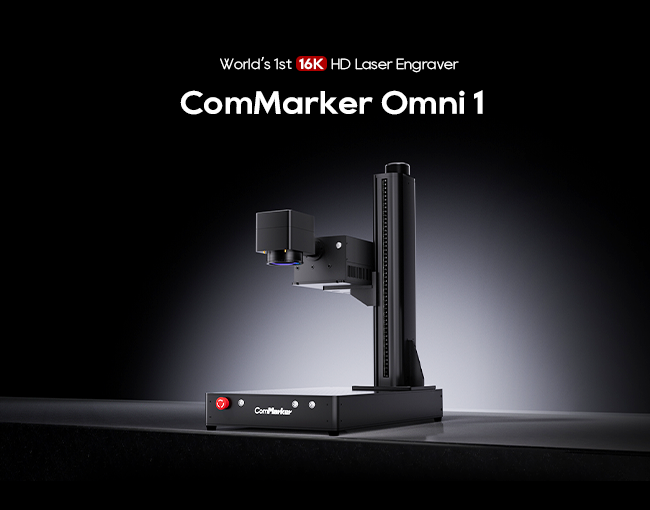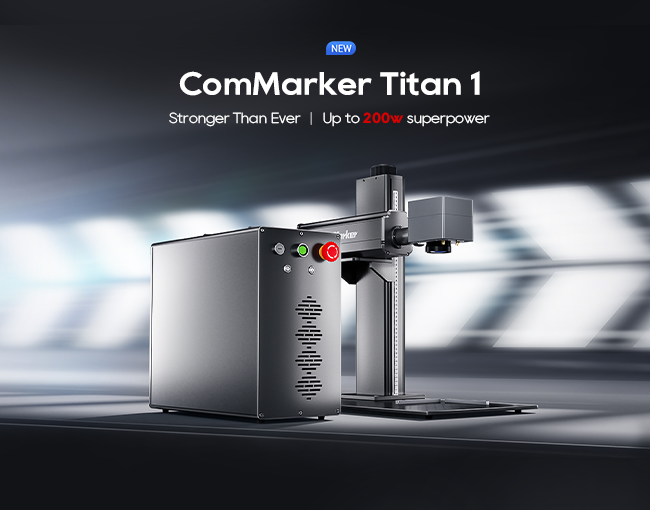Fume extractors are essential tools in laser engraving, especially for professionals working with fiber laser engravers and other high-power laser machines. Their main function is to capture and filter out the hazardous fumes, Staub, and particulates generated when engraving materials like metal, Holz, und Kunststoff. This article will provide an in-depth look at why fume extractors are crucial for safe, efficient laser engraving, exploring topics such as:
1. Introduction to Fume Extraction in Laser Engraving
Using a laser engraver machine for materials like metals, Kunststoffe, or wood can release harmful particles and fumes that contain volatile organic compounds (VOCs) and other potentially toxic substances. A fume extractor is specifically designed to filter out these hazards, creating a safer work environment and ensuring compliance with safety standards.
2. How Fume Extractors Work
Fume extractors use a multi-stage filtration system to remove contaminants from the air. A typical setup includes:
- Pre-Filter: Captures large particles.
- HEPA Filter: Eliminates smaller particles and fine dust.
- Carbon Filter: Absorbs fumes and VOCs for a clean workspace.
3. Importance of Fume Extractors in Laser Engraving
Fume extractors protect your health by filtering out harmful particulates and prevent machine buildup that can degrade laser engraver performance. They also keep your workspace clear and comfortable, improving air quality and helping you work efficiently.
4. Choosing the Right Fume Extractor for Your Laser Engraver Machine
When selecting a fume extractor for a fiber laser engraver, consider factors like suction power, filter quality, and compatibility with your machine’s power level. Zum Beispiel, engraving metals produces more dense fumes, so a high-efficiency fume extractor may be necessary.
5. Applications of Fume Extractors in Professional Laser Engraving
In fields like jewelry and industrial manufacturing, a fume extractor is essential for safely engraving metals, Kunststoffe, und andere Materialien. Each material type releases specific fumes that require targeted filtration.
6. Optimal Setup and Maintenance Tips
Position your fume extractor close to your laser engraver for maximum efficiency. Regularly clean and replace filters according to the manufacturer’s guidelines to maintain optimal filtration and suction.
7. Additional Safety and Best Practices
Using a fume extractor alongside PPE and proper ventilation significantly reduces exposure to harmful fumes. Regular inspections will also help ensure your fume extractor remains efficient.
8. FAQs on Fume Extraction and Laser Engraving
1. What are the ideal fume extractor power levels for different materials?
- The power level should match the type of material and the laser engraver’s output. Metals may require more efficient filtration than wood or acrylic, which can emit different particles and fumes.
2. How often should I maintain or replace the filters in a fume extractor?
- Filter replacement frequency depends on the volume and type of materials being engraved. A general rule is to inspect filters monthly and replace them as needed, typically every few months with consistent use.
3. Are fume extractors compatible with all laser engraver types?
- Ja, but choosing the right model is crucial. Fiber laser engravers often need powerful extractors due to the dense fumes produced by metals, while CO₂ and UV lasers may need lower-powered models for lighter materials.
4. Can a fume extractor prevent laser engraver maintenance issues?
- Absolut. By removing dust and residue, fume extractors help reduce wear on the engraver’s optics, Linsen, and internal components.
5. What should I look for in a quality fume extractor?
- Important factors include HEPA and carbon filter quality, adjustable airflow, noise levels, and the capacity to handle the laser’s power output efficiently.
Abschließend, a fume extractor is an essential tool for any professional laser engraver, ensuring safety, Sauberkeit, and machine longevity.




